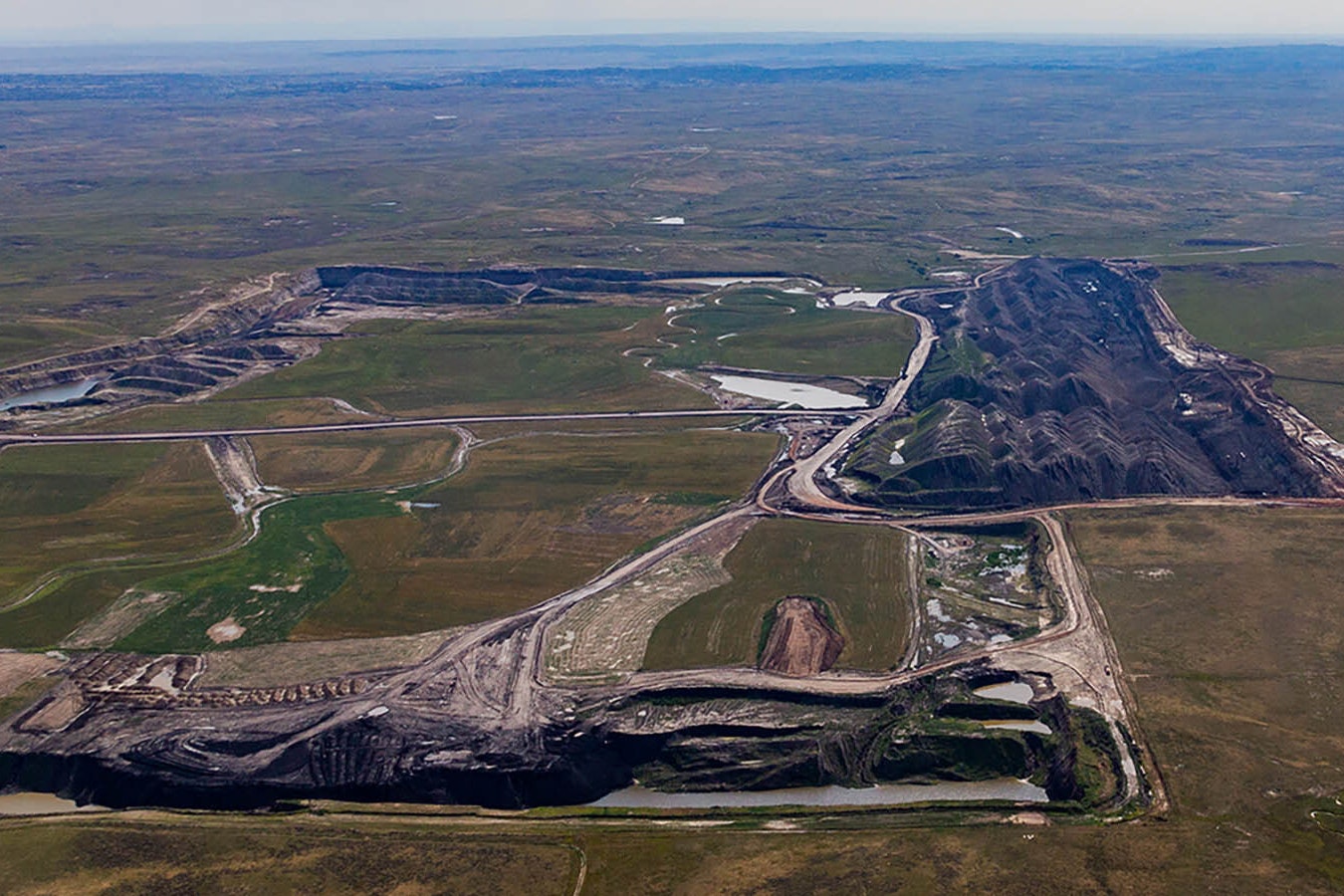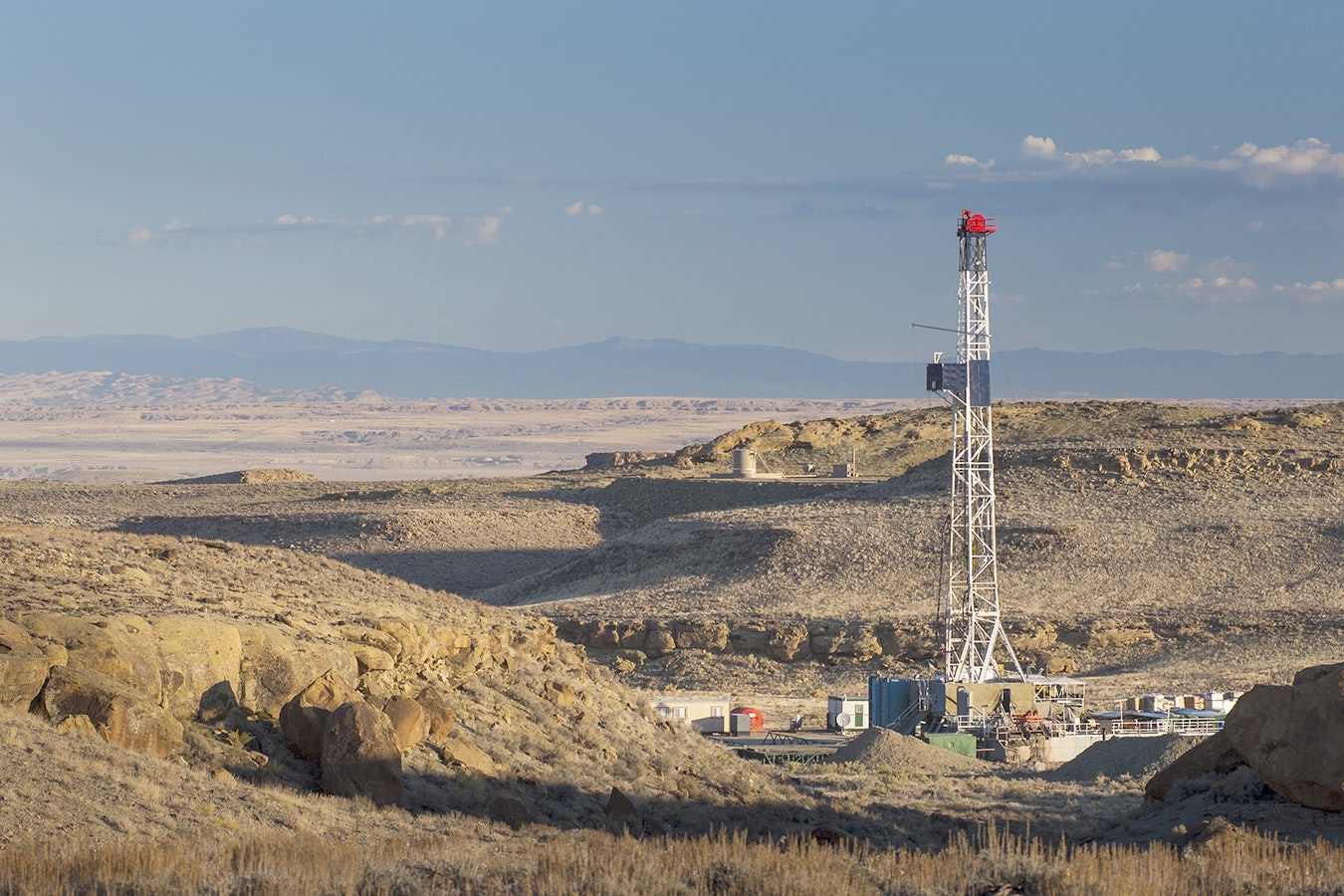Rising oil prices could be a boon for Wyoming’s economy in the short-term, but if sustained, they could push consumers away from fossil fuel usage quicker than previously predicted, according to economists.
“We might be making hay while the sun is shining, but unintentionally, we might also be shortening the summer,” said Rob Godby, a University of Wyoming Economics Department associate professor. “The longer we benefit from high oil and gas prices, the more likely the structural decline of oil reliance will come even sooner.”
As a result of the war in Ukraine, the price of oil, measured by the barrel, has risen steadily since the end of February. As of Thursday, West Texas Intermediate (WTI) – the benchmark crude oil for North America – priced a barrel at about $102, according to www.oilprice.com.
Although WTI barrel prices are down from a high of about $124 early in March, the current prices are significantly higher than those seeen at the beginning of 2022, when WTI priced a barrel at about $80. Prior to the pandemic, WTI’s price per barrel was about $60.
“These are surprise revenues for the state, which is good news,” Godby said. “But the question is how long can they last? And will local producers respond with increased production?”
Biding time
Prior to 2020, about 30 oil rigs were operating in Wyoming, said Wenlin Liu, a chief economist for the Wyoming Department of Administration and Information.
At the beginning of 2022, only about 15 rigs were in operation, and Liu said those numbers haven’t increased despite rising oil prices, showing uncertainty in how long the price hikes will last.
“Before the pandemic, every time oil prices increased, U.S. producers responded quickly,” Liu said. “Now, they are responding slowly. They’re not sure how long this higher price is viable.”
Oil prices skyrocketed as a result of sanctions on Russian oil producers, who supplied most of Western Europe. While the U.S. has oil to meet European and American demands, it’s not the only player on the field.
The Middle East-based Organization of the Petroleum Exporting Countries (OPEC) could bring more oil to the European market, filling the gap left by the absence of Russian oil and significantly lowering prices, Godby said.
“Oil companies have been very reticent to increase their production,” he said. “They’ve been careful not to flood the market.”
In 2020, a lack of oil demand and oversupply on the global market sent barrel prices plummeting to about negative $37 per barrel WTI.
“Firms have been patient this time around,” Godby said. “Even if they wanted to expand production right now, high transportation costs and material shortages could be prohibitive. Those supply chain issues are real.”
Another factor in the oil producers’ decision-making process is the fact that most of Wyoming’s available oil exists under federal lands. As the nations of the world scramble to address climate change, Liu said oil producers have to weigh the risks of setting up on land that could soon be subject to shifting environmental policies at the federal level.
Finding Workers
Building rigs is one challenge, manning them is another, Liu explained.
During the pandemic, Americans left the labor market by the tens of millions, many of them never to return. Those workers were largely “Baby Boomers” who were close to retiring or working beyond the average retirement age, the Bureau of Labor Statistics reported.
“Across the nation, labor force participation is swinging back,” Liu said. “But Wyoming has a higher proportion of Baby Boomers, many of whom were drawn to the state by the mid-80s oil boom.”
Labor force participation rates refer to the percentage of the country’s civilian, non-institutional population ages 16 and older who are actively working or looking for work.
The U.S. experienced a significant drop in participation rates during the pandemic, and although numbers nationally have not quite returned to pre-pandemic levels, national labor force participation is rebounding at a much quicker rate than Wyoming – leaving even fewer potential workers for oil companies to man new rigs.
Declining birth rates and increasing retirements also mean fewer workers available in the future, Liu said.
In addition, in the five years leading up to 2020, droves of younger workers fled the state for the economic stability of metropolitan areas, Liu said.
“States are now in competition for their labor force,” Liu said.
Wyoming’s trend of declining population reversed itself in 2020 and the number of state residents has slowly increased as people flee high-density metropolitan areas, but Liu said the population increase isn’t likely enough to significantly offset the downward trend of Wyoming’s labor force participation.
Hurting Consumers
Wyoming collects taxes on oil based on the first time it is sold after extraction, Godby said.
As a result, based on the price per barrel at the time of the transaction, March tax revenues will be higher than anticipated, he said.
“This is a windfall to the state in terms of revenues,” Godby added. “The longer the prices stay higher, the more the benefits stack for the state. But we don’t expect this boom in fossil fuel usage to last forever.”
In addition, what’s good for oil producers isn’t always good for consumers.
Soaring gas prices could make people less likely to travel. Higher transportation costs also directly affect the price of goods and services.
With inflation at nearly 8% – the biggest spike since 1982 – the boon of additional tax revenue could be overshadowed by the impact on Wyoming’s lowest-earning residents.
“The average consumer is really being hurt by this,” Godby said.
Many economists are skeptical these prices will hold out for long, Liu said.
But even if prices hold strong, the sun is setting on the fossil fuel age.
“As for the long term, many countries are working to lower their demand for fossil fuels,” Liu said. “It’s only a matter of time before oil is no longer a reliable revenue stream for Wyoming.”





